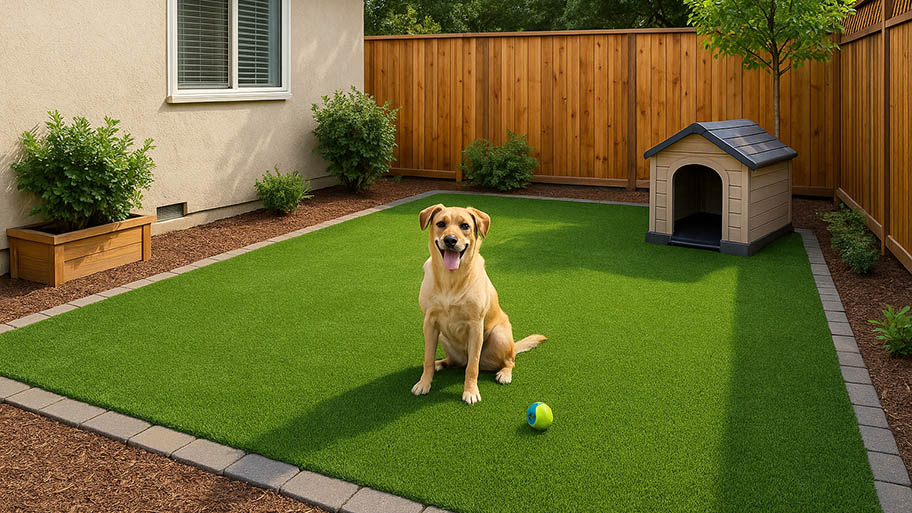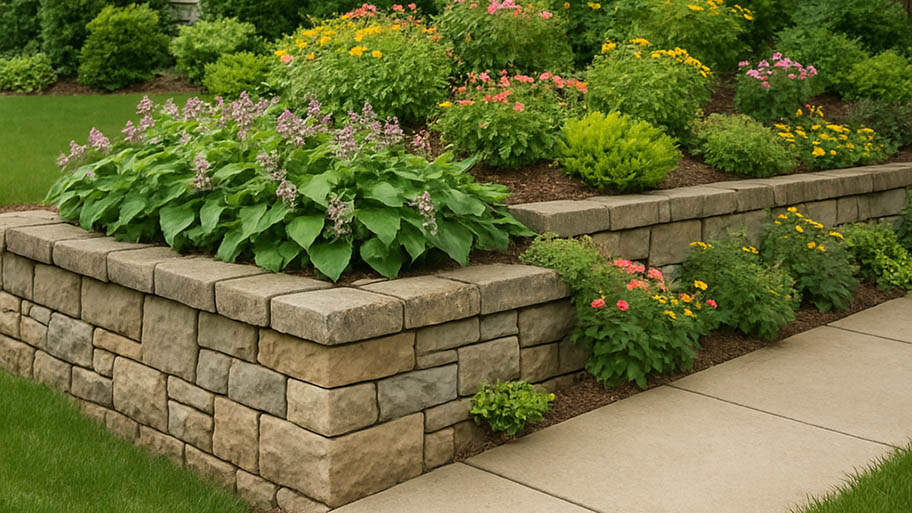
How much do hedges cost? Discover average hedge installation prices, key cost factors, and tips to save money on your landscaping project.
Raise your gardening standards with easy-to-plant beds


A raised garden bed can be an attractive way to expand your growing space.
Raised beds help extend growing seasons, from early starts to first frost.
There’s less tilling and toiling over the soil: just weed, amend, and plant.
While sweat equity in your yard can have a big return, when it comes to gardening, cut back on the labor by building a raised garden bed. By raising your veggies up a little, you reap some big perks. From less toil to pure beauty, here’s why you should transform your garden with raised beds.
Planting in a raised garden bed is a smart move as far as weed control is concerned. Because the bed is up off the ground, it has a natural border for spreading weeds. It’s also easier to spot weeds as they form so you can pull them out early.
Each year you add fresh compost and some new soil to your raised garden bed, meaning that over time your raised garden beds will contain some of the richest soil in your entire yard.
Raised beds like a specific type of soil; something less dense than flower beds and not quite as airy as container plants. Over the years, as you add your perfect combo of compost, peat moss, manure, and organic dirt, the bed will build up a rich blend that will be naturally weed and disease resistant. This type of soil can also retain moisture better, keeping plants from getting dried out during the warmest months.
Your raised beds have another perk: they don’t have to handle any foot traffic. This means the soil won’t become compact and require heavy tilling. In turn, this keeps you from an unexpected arm workout.
Anyone who has ever removed patches of sod or tilled up an in-ground garden patch can agree it’s a labor of love—and your spring garden to-do list is always a mile long. But spring prep for raised beds is dramatically simplified: Remove any overwintered weeds by hand, turn the soil gently with a shovel or spade, and add compost for the coming season. Now you have a blank slate to start your new seeds or transplants.

Raised beds open the world of gardening to all abilities. They can be custom-built to almost any height, making them accessible from a wheelchair, seat, or mobility scooter. For people who have trouble kneeling or bending over, raised beds can bring the joy of gardening back by making it physically easier to plant, weed, and harvest.
If your regular garden soil isn’t great for gardening, raised beds can transform your otherwise difficult yard into fertile growing grounds. This can be particularly handy when you live somewhere with very sandy or very clay soil that can make gardening difficult.
Raised beds maintain more heat than in-ground beds, so the soil temperatures in raised beds can be warmer sooner than other garden patches, and stay warmer long into cooler weather. Plus, you can cover raised beds with frost protectors or even make a green-house cover for a raised bed to extend your growing season even further.
With so many ways to build and decorate raised garden beds, they can become an attractive addition to any garden. Plus, they allow you to contain your plants in a way that planting in lower garden beds doesn’t, making your garden appear tidier and more thought-out.
Planting vertically in raised beds not only looks great, it also saves valuable space. Use a trellis for sweet peas to amble up or make a growing arch between two raised beds for cucumbers or squash. Pumpkin arch, anyone?
From average costs to expert advice, get all the answers you need to get your job done.

How much do hedges cost? Discover average hedge installation prices, key cost factors, and tips to save money on your landscaping project.

Ivy might look pretty, but you probably don’t want it in your garden. Learn how much it’ll cost to remove ivy by type, treatment method, and more.

Leveling your yard can help with drainage and prevent damage to your home. Learn the cost to level a yard in Columbus, OH, and what factors can affect the price.

Liven up dull concrete spaces by installing artificial turf. Learn how to install artificial grass on concrete in just a few hours.

There is no one-size-fits-all retaining wall for your yard. In fact, the options are endless. Check out 20 retaining wall ideas to upgrade your hardscape.

What is the name of someone who designs landscaping? A landscape architect creates stunning, functional outdoor spaces with expert design skills.